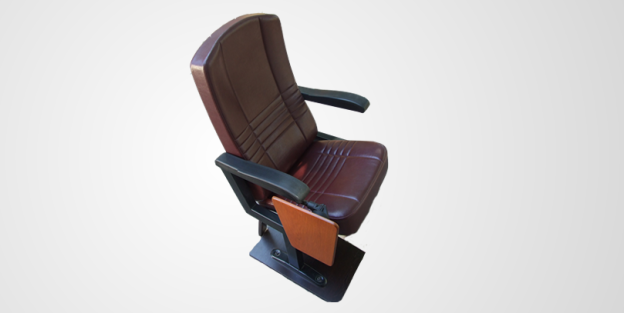 As conference rooms have become increasingly popular, so has conference room like theatre seating, where elevated rows of seats allow unobstructed viewing for everyone in the audience. This can be done for numerous seats or even just one or two. Many companies provide conference-style seats, and you can form your personal risers to hold them. Here’s how to arrange a riser for three seats
As conference rooms have become increasingly popular, so has conference room like theatre seating, where elevated rows of seats allow unobstructed viewing for everyone in the audience. This can be done for numerous seats or even just one or two. Many companies provide conference-style seats, and you can form your personal risers to hold them. Here’s how to arrange a riser for three seats
- Evaluate the height of the conference room ceiling. The riser will be 1 foot high, so estimate to be sure your tallest family members and guests could meet comfortably into seats placed on top. If the ceiling is lower than 8 feet, a riser won’t work.
- Nail one 69 inch stud to the end of a 96 inch stud. Nail a second 69 inch stud to the other end of the 96 inch stud. Nail a 96 inch stud to the bottoms of the two 69 inch studs, forming a box. Slot the remaining 69 inch studs between the top and bottom of the box. Spread them out equally and nail them to the top and bottom 96 inch studs.
 Repeat the action with the remaining 96 inch studs and the nine 60 inch studs, again making a box and nailing the supports inside. Place this shorter construction on top of the bigger one and line up the 96-inch studs at the back. Using the drill, screw together the 2 constructions. You now have a riser with a step.
Repeat the action with the remaining 96 inch studs and the nine 60 inch studs, again making a box and nailing the supports inside. Place this shorter construction on top of the bigger one and line up the 96-inch studs at the back. Using the drill, screw together the 2 constructions. You now have a riser with a step.
- Attach the big sheet of plyboard to the top of the riser, nailing it into the edges and the inner supports of the frame. Fasten the smaller part of plyboard to the step of the riser. Again, nail into the frame edges and the inner supports.
- Lay the large part of rug out over the riser. It will cover from the back of the riser, across it, down the step and to the floor. Then attach the rug to the riser using carpet tacks or nails. Cut the second part of rug to meet the riser sides and fasten with rug tacks or nails. Position the riser in your conference and place the seats
http://www.furkeyauditorium.com/read_blog/auditorium-tips/how-to-build-conference-seats-4.html





